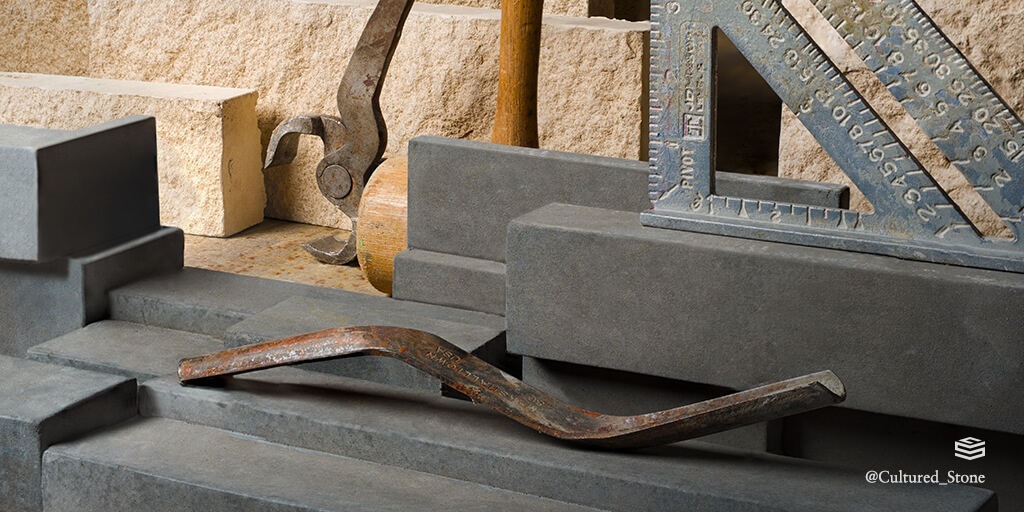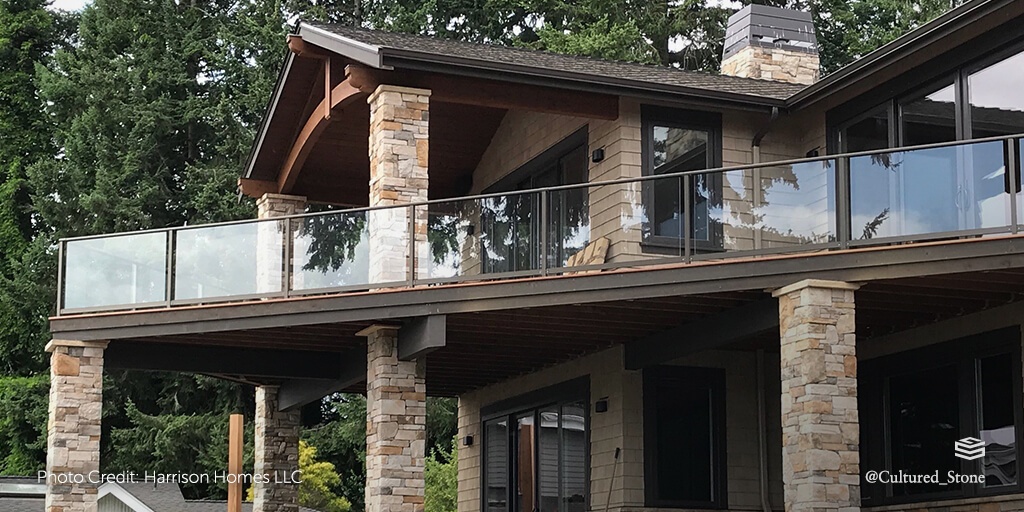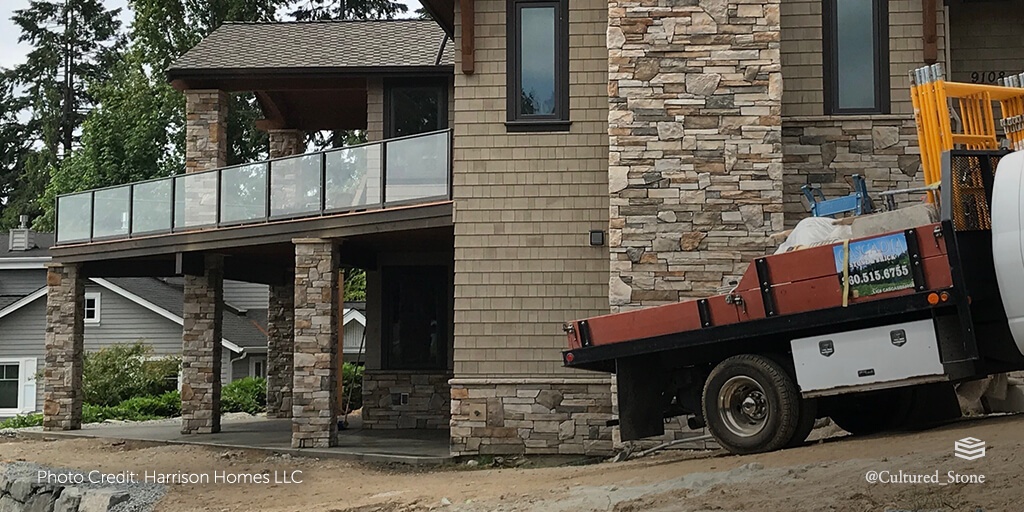Project Management: 8 Tips to Stay on Time and Profitable
by Cultured Stone
POSTED IN: Industry Trends

Cost overruns and delivery setbacks often seem to be the norm in the building industry, but they don’t have to be. For all the architects and builders out there seeking a smarter approach to project management, here are 8 tips to keep your next building project on time and profitable.
As any seasoned architect or builder will tell you, construction project management is one of the most challenging aspects of any building project. Keeping dozens of subcontractors organized, overseeing hundreds of individual tasks, and ensuring projects remain on schedule and on budget can be an overwhelming endeavor.
How do the most successful design-build teams do it? We have some tips.
1. Break the Project into Parts.
Having a clear construction project management plan in place is critical to keeping a building project on schedule and profitable, and also ensuring all stakeholders understand project goals and delivery requirements.
Breaking a project into phases can improve your ability to manage and track all the details. Start by assigning all your tasks into the five phases of construction:
- Project initiation. This is where you conduct feasibility studies and assess whether or not a proposed project is both possible and profitable.
- Project planning. Once you have the go-ahead from all project stakeholders, make a plan for the cost, scope, and timeframe of your project. Be sure to include tasks like lining up resources, procuring materials, and addressing potential obstacles.
- Project execution. This is the phase of construction generally associated with project management. The success of execution is very much dependent on a solid project plan (phase 2).
- Monitoring and quality control. Occurring simultaneously with the execution phase, project monitoring ensures tasks are happening according to the proposed timeline, costs are staying in line with the project budget, and client standards are being maintained.
- Project closure. This phase is about more than just delivery to the customer. It’s also a time to assess project success and profitability, noting any changes to the team, processes, and materials to be implemented in the next project.

2. Assemble Your Construction Project Team Early.
If possible, get your entire design-build team together before bidding and design even begins. That includes architects, engineers, contractors, and consultants. Not only will this set the team up in an atmosphere of trust and communication, it will also set the stage for collaboration.
For example, a builder or engineer may be able to address an architect’s technical challenges early in the design process before they become an issue on the jobsite. Stakeholders can also collaborate on measures that might be taken to increase productivity and decrease costs.
3. Review and Understand the Contract Document.
While it might seem like a no-brainer, reading and understanding the contract document at the project start is critical, as is referring to it throughout the project process.
According to a recent report from Dodge Data & Analytics, the most frequent cause of escalating job cost are owner-driven changes to the project plan. The contract document is a critical resource for addressing these changes and who bears the cost of them. If the building owner is asking for changes, your familiarity with the contract document could mean the difference between the owner or your firm paying for the change.
Yet it’s incredibly common for construction managers to never even read the contract document until they run into trouble on the job site–when it’s really too late. Make sure you and your client are meeting contract obligations to help minimize costs and conflicts throughout the building project.
Related Reading: 3 Expert Architecture Tips: Design Smart Now to Avoid Costly Errors Later

4. Understand What Things Cost.
Construction project managers need to have a solid understanding of what labor and materials costs are, so they can make informed decisions about whom to employ on a job and what types of materials to use. Understanding the value of various project components can also help inform decisions about where one can acquire cost savings, spur use of alternative materials or methods, and find creative ways to increase productivity.
5. Be a Negotiator.
That means being able to negotiate with the client, with subcontractors, and with suppliers. Being able to work with others to ramp up productivity, obtain better pricing, or adjust project plans for efficiency or cost savings will go a long way toward keeping your project on schedule and on (or maybe even under) budget.
6. Visit the Work Site Often.
Don’t spend too much time at your desk. Visiting project sites regularly can quickly provide insights on work quality, productivity, safety concerns, and potential problems that could lead to cost overruns or timetable disruptions. Your firsthand involvement isn’t just important to the success of the project, but also to the success of the relationship with the owner.

7. Be Technologically Agile, and Make Sure Your Team Is, Too.
There’s no longer any excuse for failing to implement the efficiencies provided by technology. If you’re still relying on paper to manage everything from supplier receipts to change orders, you’re wasting valuable time (and money) that could be put into direct project execution.
Take advantage of BIM software, construction management software, and compatible billing and bidding software. Make sure the key players and stakeholders on the project all have mobile and real-time access to project plans, project designs (and changes), supply lists, and each other.
Technology can give you the ability to make much more immediate assessments and changes, too. And prompt and informed decision-making is a big part of project success.
Related Reading: Architectural Trends: Looking Back and Predictions for 2018
8. Build Buffers into Your Cost and Time Estimates.
In another Dodge report, “Managing Uncertainty and Expectations in Building Design and Construction,” 80 percent of survey respondents indicated they expected project execution errors to result in additional project costs. They identified the average cost impact to be three to five percent of total project cost. Just imagine the potential cost impact on your bottom line if you’re working on a $5 million home!
The possibility of mistakes by your design-build team isn’t a foregone conclusion, but it is a reality. Consider buffering your cost estimate to include these mistakes when you sign the contract with the building owner.
The same goes for delays due to materials unavailability, labor shortages, or weather. So build some extra time into your proposed timetable to account for unforeseen circumstances, too.
The more planning and documentation you put into place from project outset, the less likely you are to have cost overruns and difficulties meeting delivery schedules. You can also plan ahead for contingencies when estimating construction project costs (though very few construction managers do). Dodge Data & Analytics offers a free contingency calculator in its 2018 “Project Planning Guide For Owners and Project Teams.”
Like most anything in life, failure to plan is planning fail. Cost overruns and delivery setbacks don’t have to be the norm for architects and builders. With careful planning on the front end and open communication throughout the project build, you can make every project on time and profitable.